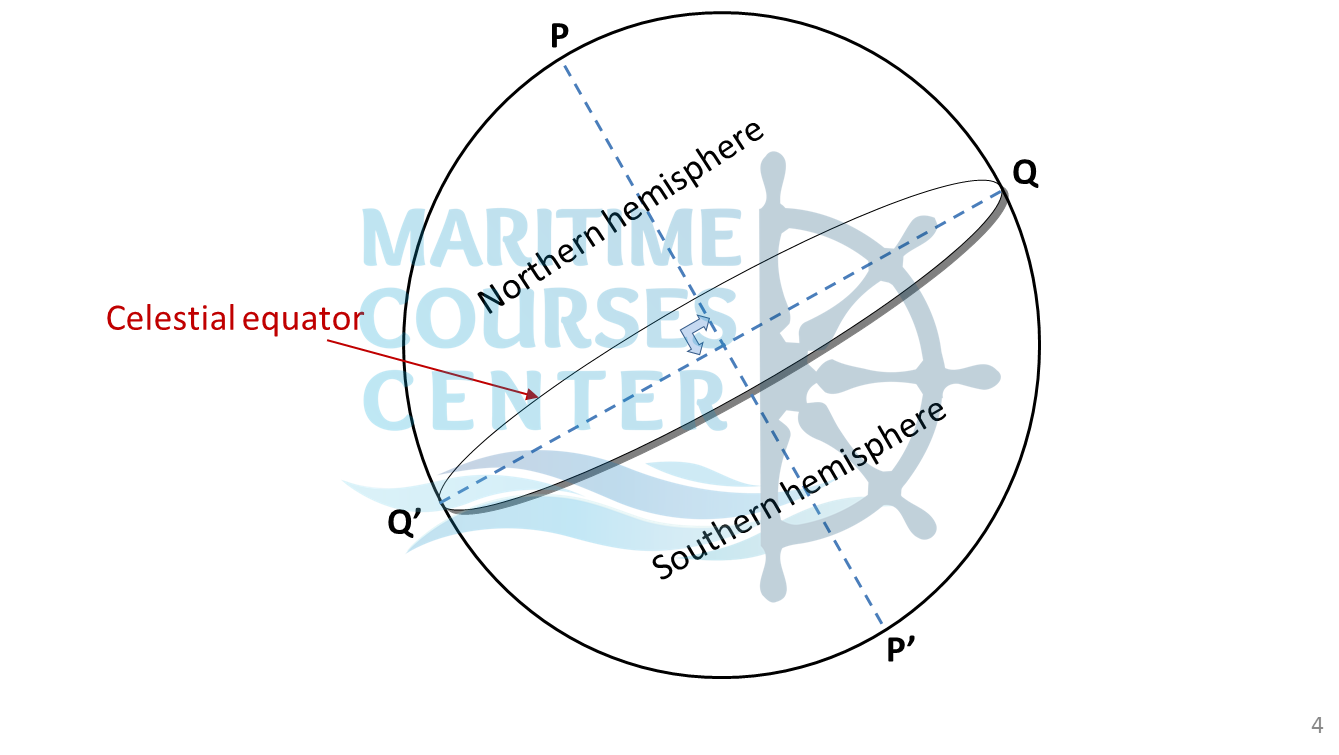
In 1488 Bartolomeu Dias reached the Indian Ocean by this route. The Portuguese began systematically exploring the Atlantic coast of Africa from 1418, under the sponsorship of Prince Henry. Open-seas navigation using the astrolabe and the compass started during the Age of Discovery in the 15th century. The earliest known description of how to make and use a sea astrolabe comes from Spanish cosmographer Martín Cortés de Albacar's Arte de Navegar ( The Art of Navigation) published in 1551, based on the principle of the archipendulum used in constructing the Egyptian pyramids. The perfecting of this navigation instrument is attributed to Portuguese navigators during early Portuguese discoveries in the Age of Discovery. Although land astrolabes were invented in the Hellenistic period and existed in classical antiquity and the Islamic Golden Age, the oldest record of a sea astrolabe is that of Majorcan astronomer Ramon Llull dating from 1295. Maritime navigation using scientific instruments such as the mariner's astrolabe first occurred in the Mediterranean during the Middle Ages. Early Pacific Polynesians used the motion of stars, weather, the position of certain wildlife species, or the size of waves to find the path from one island to another.

Polynesian navigation is probably the earliest form of open-ocean navigation it was based on memory and observation recorded on scientific instruments like the Marshall Islands Stick Charts of Ocean Swells.

In the European medieval period, navigation was considered part of the set of seven mechanical arts, none of which were used for long voyages across open ocean.


 0 kommentar(er)
0 kommentar(er)
